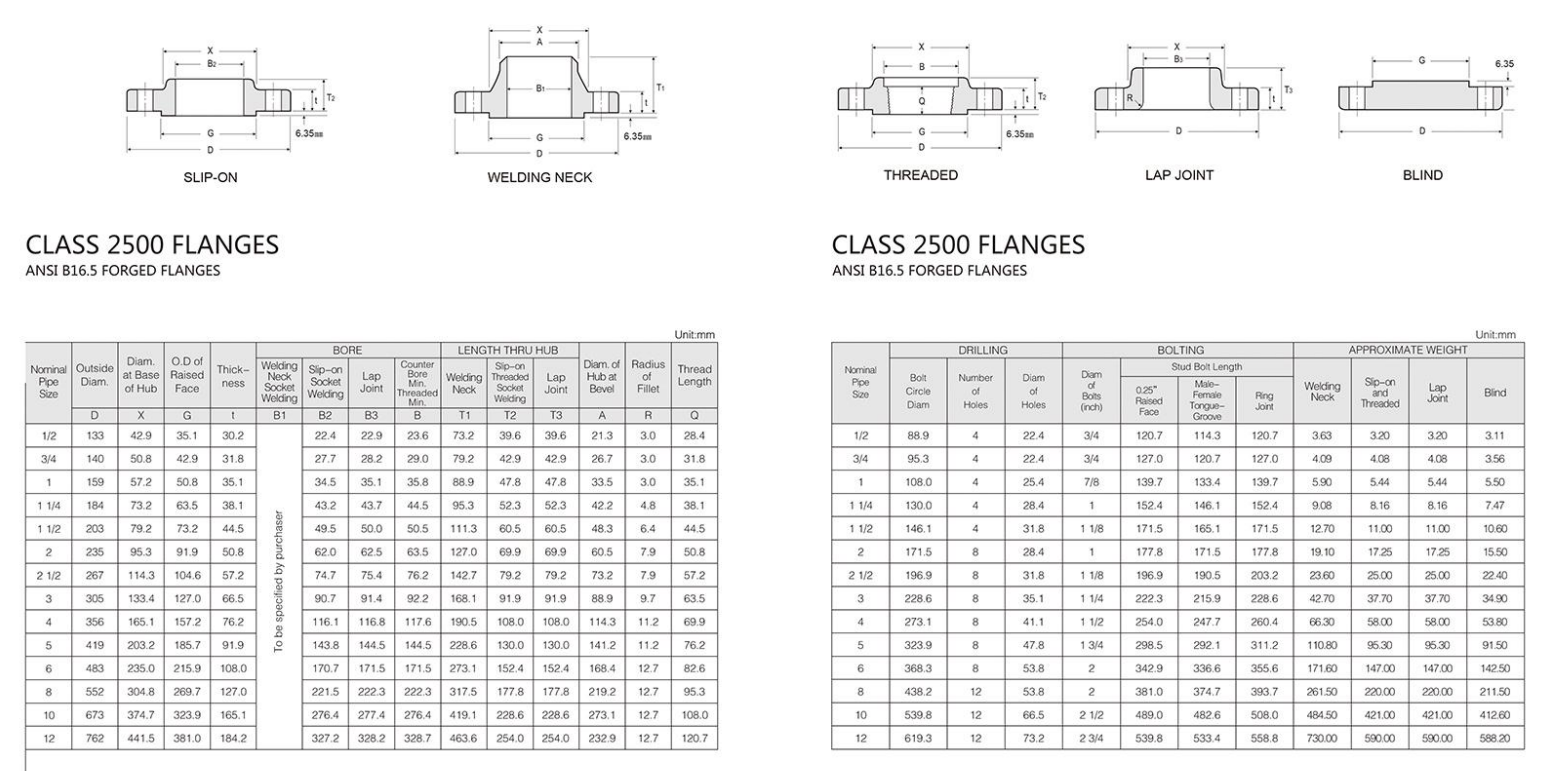-
Cangzhou Yulong Steel Co., Ltd.
-
Phone:
+86 13303177267 -
Email:
admin@ylsteelfittings.com
- English
- Arabic
- Italian
- Spanish
- Portuguese
- German
- kazakh
- Persian
- Greek
- French
- Russian
- Polish
- Thai
- Indonesian
- Vietnamese
- Zulu
- Korean
- Uzbek
- Hindi
- Serbian
- Malay
- Ukrainian
- Gujarati
- Haitian Creole
- hausa
- hawaiian
- Hebrew
- Miao
- Hungarian
- Icelandic
- igbo
- irish
- Japanese
- Javanese
- Kannada
- Khmer
- Rwandese
- Afrikaans
- Albanian
- Amharic
- Armenian
- Azerbaijani
- Basque
- Belarusian
- Bengali
- Bosnian
- Bulgarian
- Catalan
- Cebuano
- China
- China (Taiwan)
- Corsican
- Croatian
- Czech
- Danish
- Esperanto
- Estonian
- Finnish
- Frisian
- Galician
- Georgian
- Kurdish
- Kyrgyz
- Lao
- Latin
- Latvian
- Lithuanian
- Luxembourgish
- Macedonian
- Malgashi
- Malayalam
- Maltese
- Maori
- Marathi
- Mongolian
- Myanmar
- Nepali
- Norwegian
- Norwegian
- Occitan
- Pashto
- Dutch
- Punjabi
- Romanian
- Samoan
- Scottish Gaelic
- Sesotho
- Shona
- Sindhi
- Sinhala
- Slovak
- Slovenian
- Somali
- Sundanese
- Swahili
- Swedish
- Tagalog
- Tajik
- Tamil
- Tatar
- Telugu
- Turkish
- Turkmen
- Urdu
- Uighur
- Welsh
- Bantu
- Yiddish
- Yoruba

Aug . 17, 2024 09:01 Back to list
Flange Design Standard DIN 2576 PN10 Specifications and Applications
Understanding Flange DIN 2576 PN10 A Key Component in Fluid Handling Systems
Flanges are vital components in piping systems, providing a secure and stable connection between different sections of pipes, valves, and equipment. Among the various standards in use today, the DIN 2576 PN10 flange has become a popular choice due to its robustness and reliability in various applications.
What is DIN 2576?
DIN 2576 is a standard that specifies the dimensions and pressure ratings for flanges used in piping systems in accordance with the German Institute for Standardization (Deutsches Institut für Normung). Flanges conforming to DIN 2576 are widely utilized across industries such as water treatment, oil and gas, chemical processing, and HVAC systems.
The PN in PN10 refers to the pressure nominal rating of the flange, indicating that it can handle a maximum operating pressure of 10 bar (approximately 145 psi) at a temperature of 20 degrees Celsius. It’s essential to note that the maximum allowable pressure can decrease at elevated temperatures, so it’s crucial to consider the operating conditions when selecting flanges.
Dimensions and Materials
Flanges under the DIN 2576 standard are categorized into several types, including raised face (RF), flat face (FF), and others. The standard provides clear specifications for the outer diameter, bolt hole diameter, and the thickness of the flanges. For instance, a PN10 flange in a DN size may have particular dimensions that must be adhered to for effective compatibility and sealing.
Material selection is equally important. Common materials for DIN 2576 flanges include carbon steel, stainless steel, and ductile iron, each offering different properties suited for specific environmental conditions. Stainless steel flanges, for example, are highly corrosion-resistant, making them ideal for chemical processing plants, whereas carbon steel flanges are often used in water and sewage applications.
flange din 2576 pn10

Applications of DIN 2576 Flanges
The reliability and strength of DIN 2576 PN10 flanges make them suitable for various applications. They are widely used in water distribution systems, where they connect pipes and valves, ensuring a leak-tight operation. In the oil and gas sector, these flanges facilitate the safe transfer of hydrocarbons while maintaining structural integrity under high pressure.
In chemical processing facilities, the compatibility of the flange material with different chemicals becomes crucial to prevent corrosion and leakage. The right choice of DIN 2576 flange can significantly enhance the safety and efficiency of the entire system.
Installation and Maintenance
Proper installation of DIN 2576 PN10 flanges is critical to ensure optimal performance. The surfaces of the flanges should be clean and free of debris prior to installation. Use of gaskets and appropriate bolting techniques will enhance the seal and prevent leaks.
Maintenance plays a vital role in the longevity of flange connections. Regular inspections can help identify signs of wear, corrosion, or misalignment. Tightening bolts to the recommended torque specifications is necessary to maintain a secure connection and avoid potential failures.
Conclusion
Flange DIN 2576 PN10 serves as a cornerstone in the assembly of piping systems across various industries. Their dimension specifications, pressure ratings, and material versatility make them an excellent choice for ensuring a secure and efficient flow of fluids. Understanding the features and applications of these flanges contributes significantly to safe and reliable operation in fluid handling systems. As industries continue to evolve, so too will the demand for high-quality flanges to meet the ever-changing challenges of fluid transportation. Proper installation and regular maintenance will further enhance their efficiency and durability, making them an invaluable asset in modern engineering.
Latest news
-
ANSI 150P SS304 SO FLANGE
NewsFeb.14,2025
-
ASTM A333GR6 STEEL PIPE
NewsJan.20,2025
-
ANSI B16.5 WELDING NECK FLANGE
NewsJan.15,2026
-
ANSI B16.5 SLIP-ON FLANGE
NewsApr.19,2024
-
SABS 1123 FLANGE
NewsJan.15,2025
-
DIN86044 PLATE FLANGE
NewsApr.19,2024
-
DIN2527 BLIND FLANGE
NewsApr.12,2024
-
JIS B2311 Butt-Welding Fittings LR/SR 45°/90° /180°Seamless/Weld
NewsApr.23,2024











